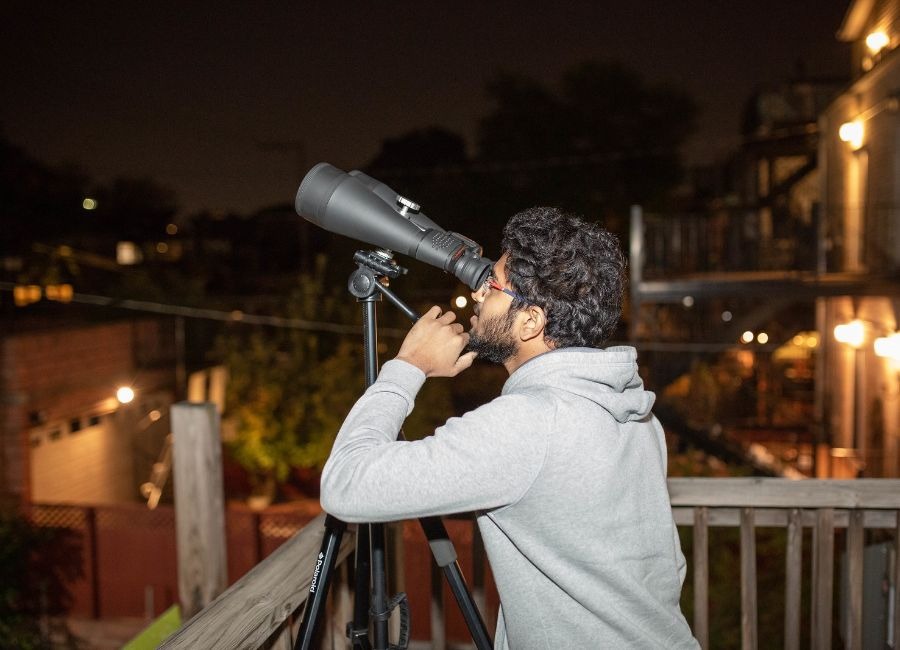Adler Skywatch: June 2019

The longest days and shortest nights of the year—for Earth’s Northern Hemisphere, anyway—take place this month, June 2019.
The first day of summer for the Northern Hemisphere occurs on the solstice, at 10:54 am CDT on the 21st. It’s the longest day of the year, with the Sun rising very early and setting very late. In Earth’s Southern Hemisphere, it’s just the opposite: the Sun rises late and sets early—and it’s the first day of winter. The fact that the hemispheres celebrate opposing seasons points to its cause: the slight tilt of Earth’s axis directs more solar energy to the half of the globe leaning toward the Sun.
Once the Sun sets this month, try spotting some planets in the darkening sky. If you have a clear view to the west-northwest horizon, the planet Mercury may be visible about a half-hour after sunset—but it’s only about ten degrees above the horizon. The evening of the 4th, it’s the brightest star-like object to the right of a very slim waxing crescent Moon—which itself may be hard to see, being less than two days past New Moon. The evenings of the 16th through 19th, Mercury appears within a degree of the planet Mars. Mercury is the brighter of the two planets this month. As June draws to a close, both Mercury and Mars get dimmer and lower in the sky; by month’s end, they both become very difficult if not impossible to spot.
Later in the evening, look for the bright planet Jupiter low in the southeast. It appears about ten degrees to the left of the reddish-colored star Antares, in the constellation Scorpius. Jupiter is by far the brighter of the two. Start looking for Jupiter around 11:00 pm CDT at the start of the month, and about 10:00 pm later in the month. The night of the 16th, it’s a few degrees away from the nearly Full Moon. Shortly after midnight, it reaches its highest point in the sky, only about 20 degrees above the southern horizon. Jupiter sets during morning twilight in the south-southwest. Though it appears close to the constellation Scorpius, technically Jupiter spends this month in the constellation Ophiuchus—which is sometimes called the 13th Zodiac constellation. Like the traditional twelve Zodiac constellations, Ophiuchus lies on the ecliptic—the Sun’s apparent path in the sky—between Scorpius to its right, and the constellation Sagittarius to its left.
Shortly after midnight this month, look about 30 degrees to the left of Jupiter, to find the planet Saturn. In the early morning darkness of the 19th, it’s only a degree away from a waning gibbous Moon. Saturn fades from view in the south-southeastern sky during morning twilight.
If you have a clear view toward the east-northeast horizon, try spotting the planet Venus about 4:45 am CDT. It’s very low, but very bright. The Sun rises in the Chicago area around 5:15 am CDT this month, so once its edge gets close the horizon line, around 5:00 am—stop looking, because looking directly at the Sun can cause permanent eye damage.
New Moon: June 3rd
First Quarter Moon: June 10th
Full Moon: June 17th
Last Quarter Moon: June 25th
Note: these descriptions are for the Chicago area, using Central time.







